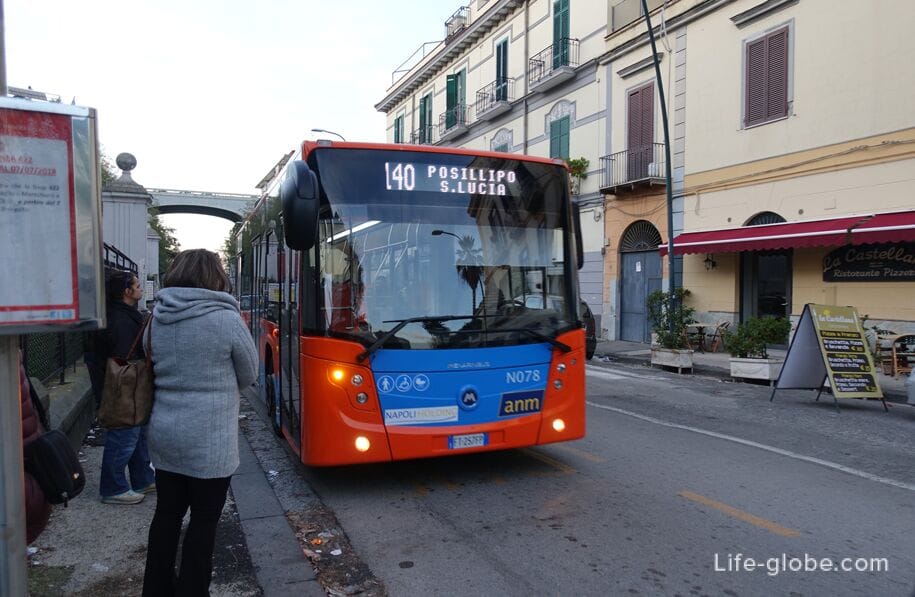
Naples, first and foremost, a port city located in the Bay of the Gulf of Naples Tyrrhenian sea.
Although a considerable part of the coast of Naples is a major port (cruise industry), stretching from the city centre to its South-Eastern extremity, however, the Western part of the coast of Naples is quite suitable for leisurely walking and taking sun-sea bathing.
Photo of the coast of the South-Eastern part of Naples
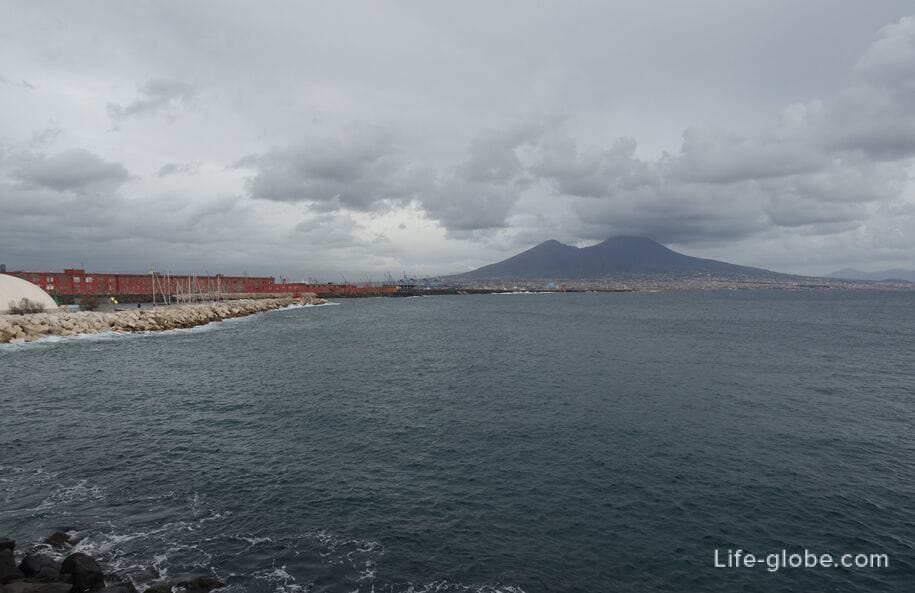
The most picturesque and pleasant part of the coast of Naples originates from the small Marina, near Piazza Plebiscito and Park Malocello (Molosiglio Gardens).
Photos of Marina Park
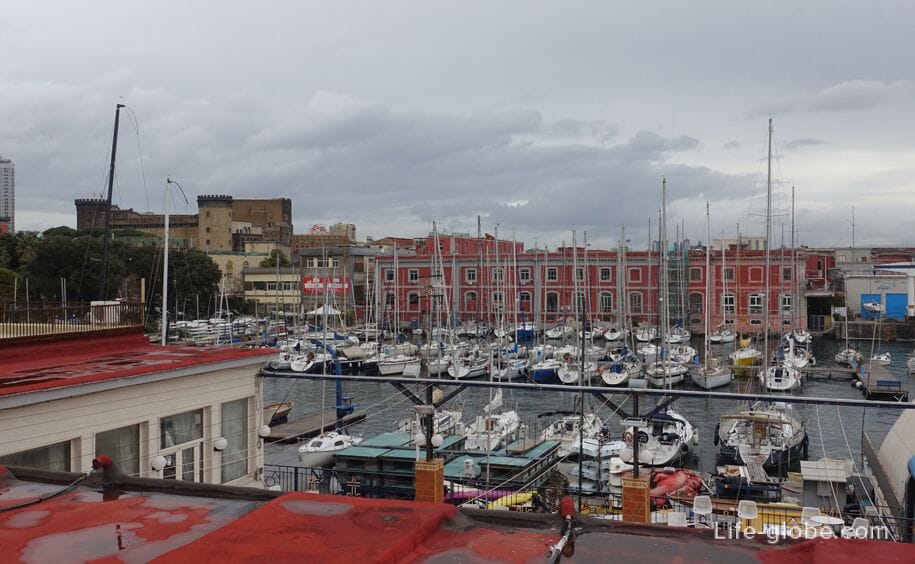

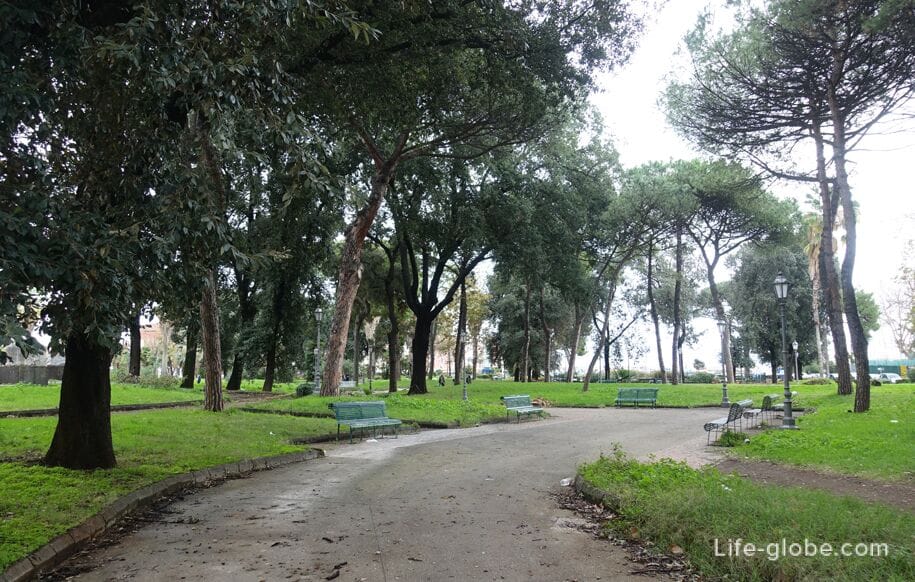
From the Park originate from the quays of Naples. Quay street Nazario Sauro (Via Nazario Sauro), blends in with the street Partenope (Via Partenope).
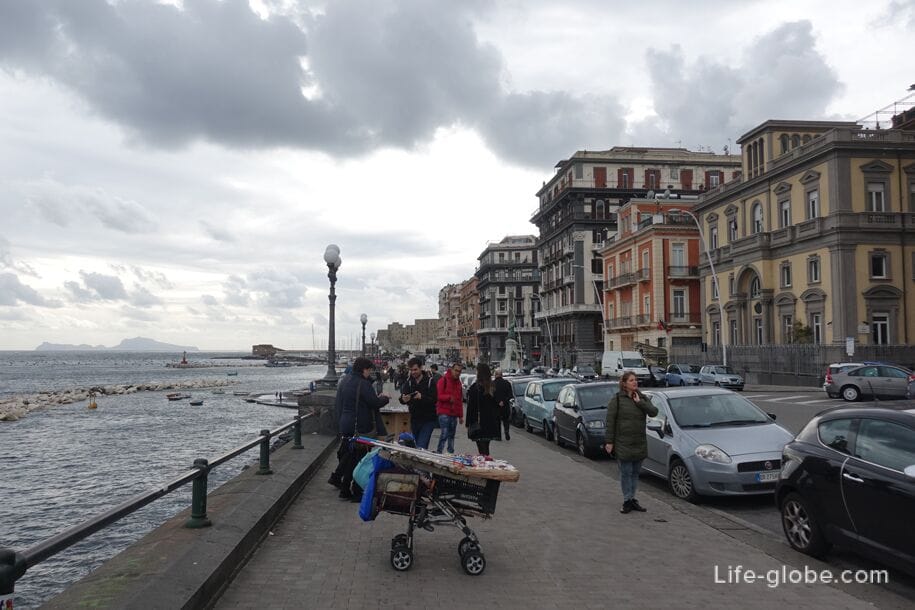


Here are the statue of Umberto I and the monument to the "Giant Fountain" (Fountain of the Giant) - treharne delicate structure, decorated with sculptures, was designed in the 17th century for the Royal Palace of Naples, where the fountain stood near a colossal ancient statues, and took its name. From there, the fountain was moved to the Palace of Immacolatella, but in 1905 were transferred to the present place on the street parthenope. The monument is also called the "Fountain Immacolatella" (Fontana Dell ' Immacolatella).
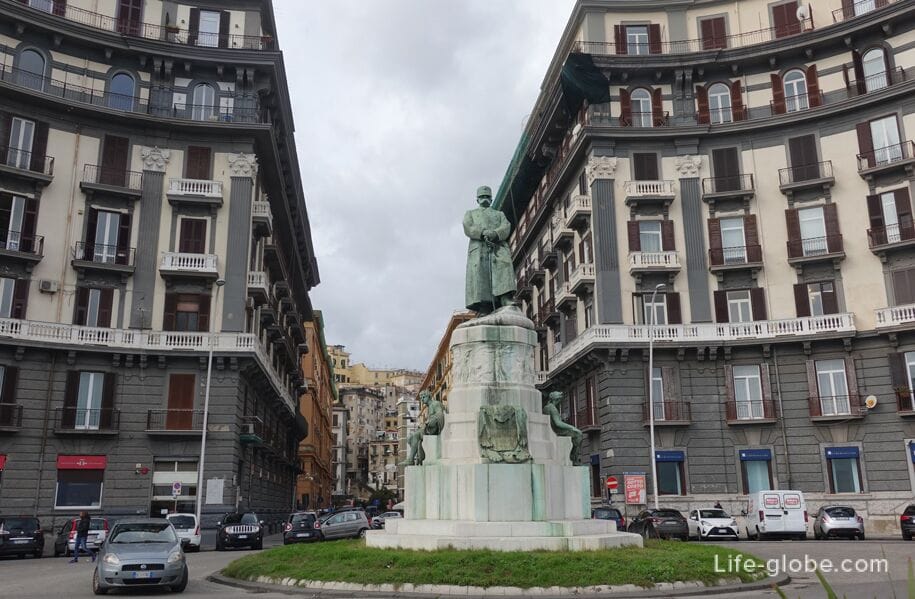

Further up the coast of Naples is decorated with a medieval castle Xtel Dell'ovo, also known as castle of the Egg or Egg castle. The castle is located on the former island of Megaride now a Peninsula in Naples and is currently one of the main attractions of the city. Read more about Castel del Ovo...
Near the castle is a small Marina and to the entrance of the castle is the bridge (dam), connecting the island and the castle with the waterfront of Naples.


Along the street Partenope is located in the prestigious Naples hotels such as the 5-star Grand hotel Vesuviois a 4-star hotel Royal Continental and Eurostars Excelsior.

Further up the street Partenope flows into the street Francesco Caracciolo (Via Francesco Caracciolo) is a popular place for walks and recreation among locals and visitors alike. Here, on the one hand, water of the Tyrrhenian sea, and the Riviera di Chiaia (city Park).

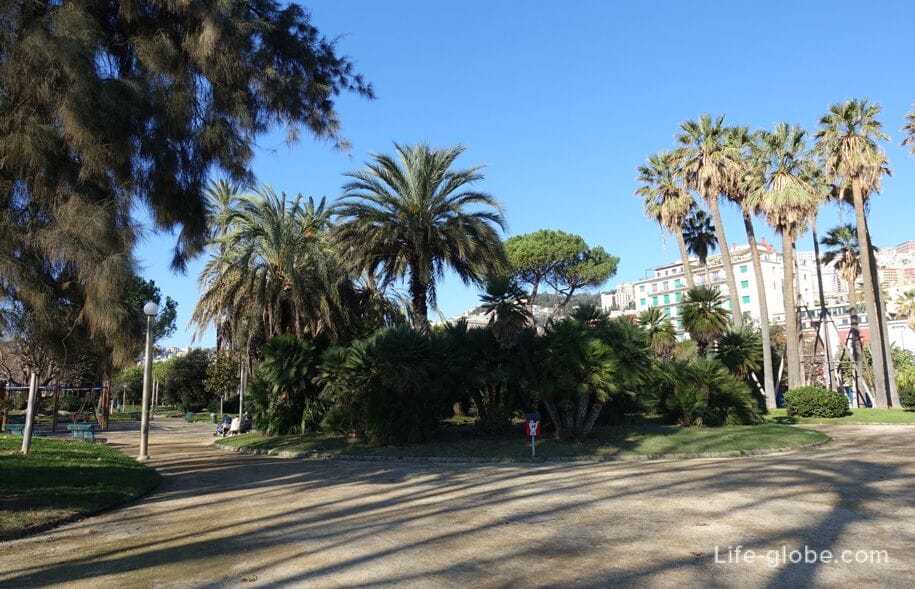
From this point starts a few beach areas, which in the height of tourist season also offers beach services.

Coast further

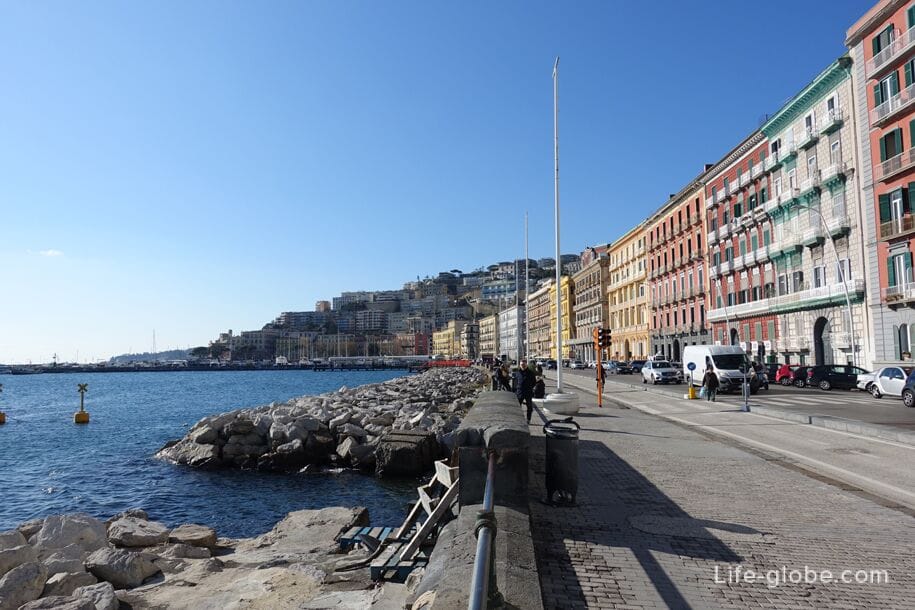
Further up the coast of Naples is characterized by picturesque Mergellina harbour and Sant Nazzaro (Nazzaro and Saint Mergellina Harbour), lined with taverns and restaurants, and fishermen sell their "catch" - fish and seafood. The road along the Harbor is called the promenade of Mergellina.
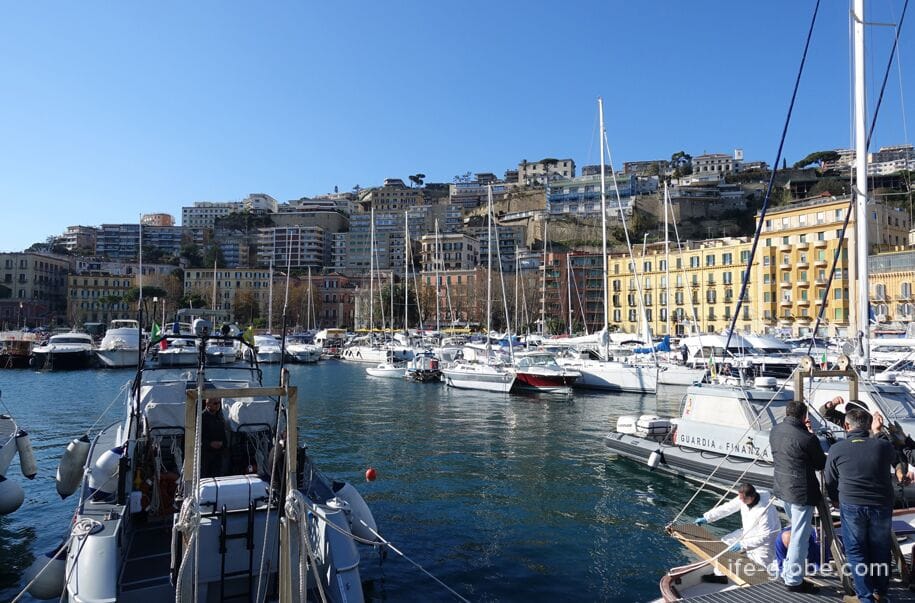

Like Louise (Molo Luise). Read more about the harbour of Mergellina...
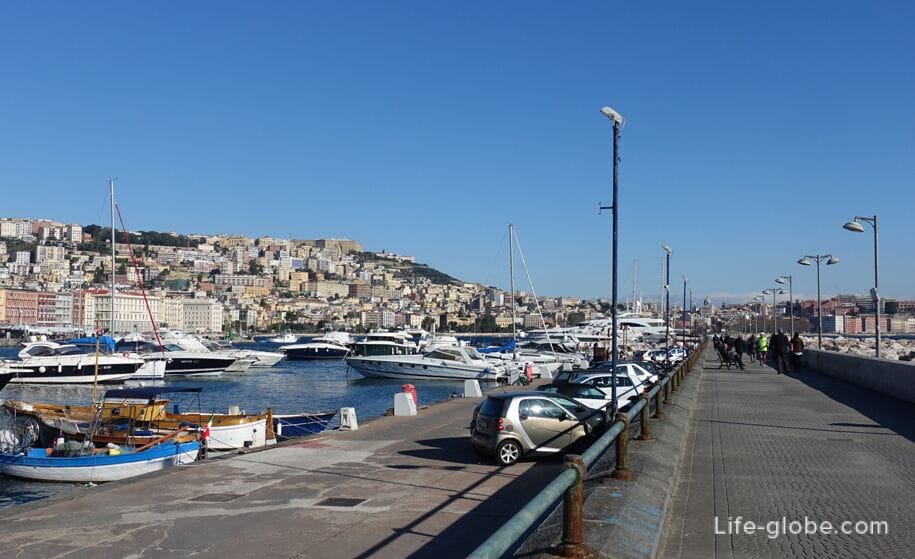
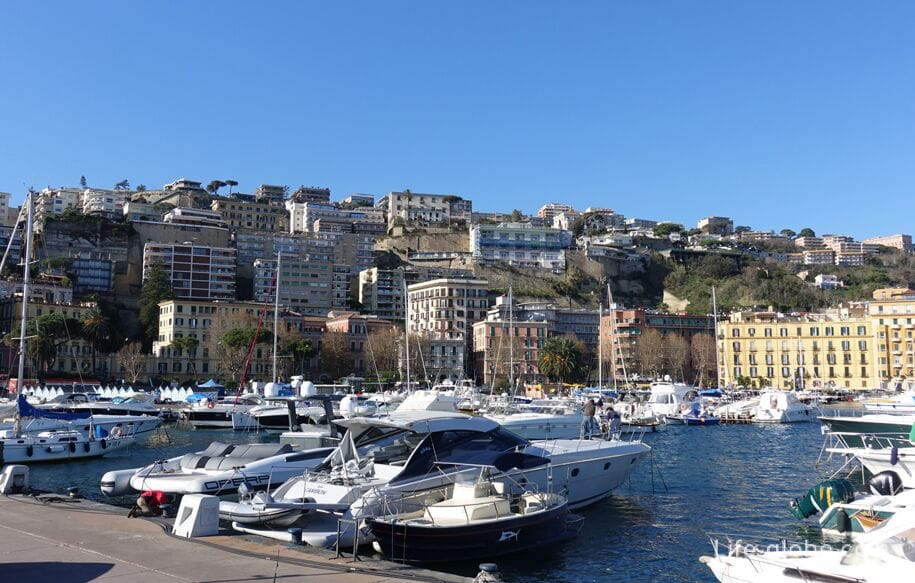
From the pier originates one of the most picturesque and green areas of Naples is a hilly ledge Posillipo.
The area of the coast of Cape Posillipo is one of the best in Naples in Naples, Vesuvius and the surrounding area.

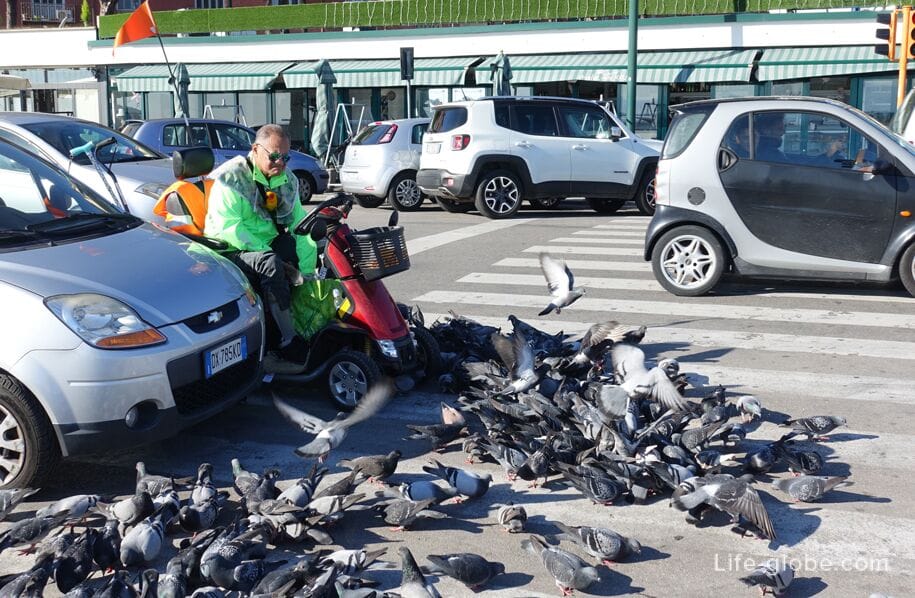
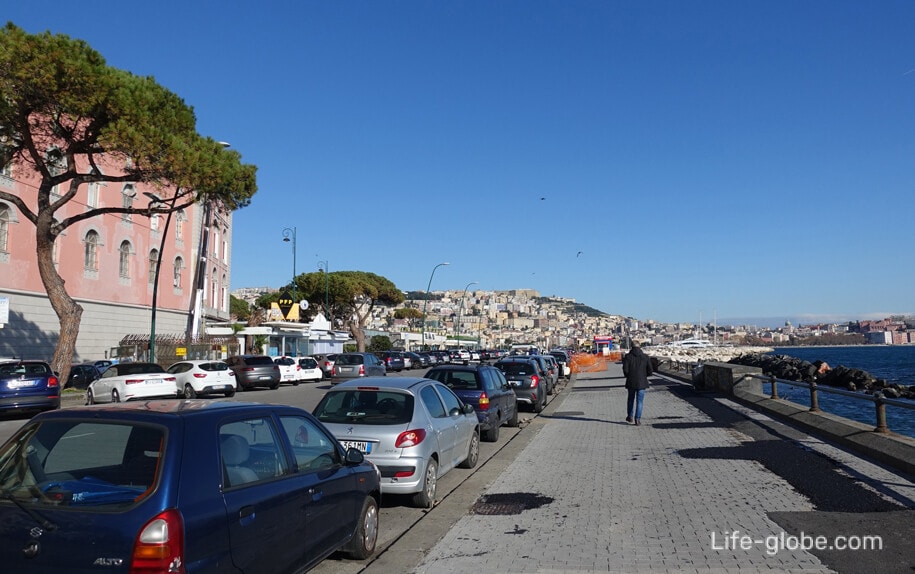
Sebeto fountain or Fontana del Sebeto (Fontana del Sebeto) is one of the monumental fountains of Naples. The fountain was built in 1635 at the direction of the Viceroy Emanuele de Fonseca.
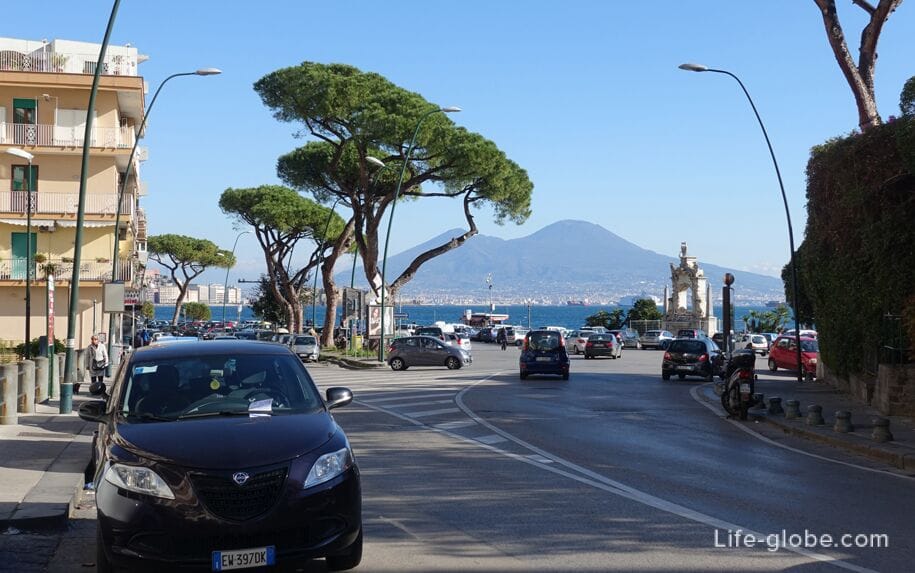
The road runs above the coast on the hillside. Directly to the sea can be accessed via the staircase (equipped area).
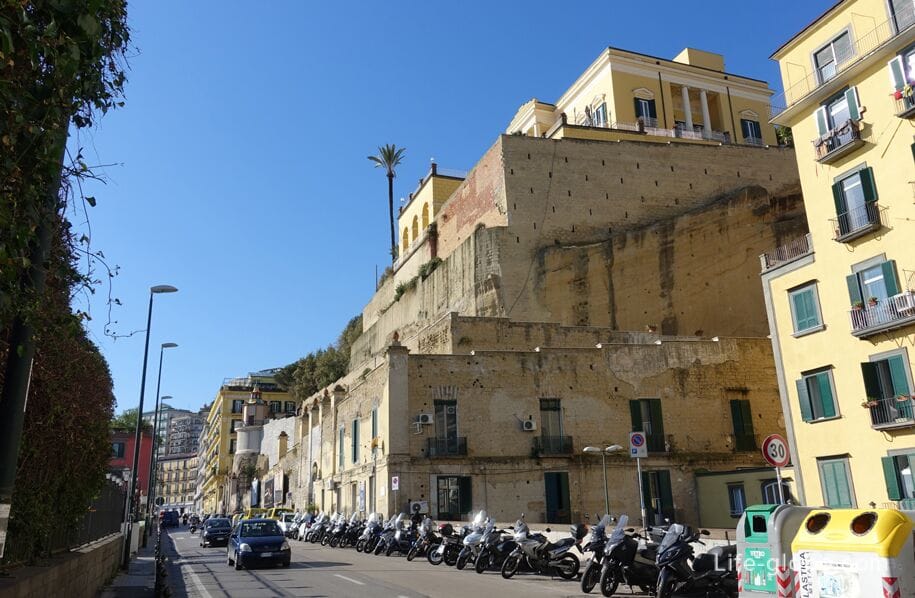

Beach Baths Helen (Bagno Elena) - the most famous and popular beach of the area. In the Western part of the beach, the sea is a historical monument of the 17th century Palace of Donna Anna (Palazzo donn'anna).


Behind the Palace is a beach Siren Bath (Bagno Sirena), which is a wooden pier with a sunbathing area and sun loungers. Near beaches, the abundance of accommodation facilities among which guest houses, apartments and villas. All the accommodation facilities of the hill of Posillipo, you can view and book here.
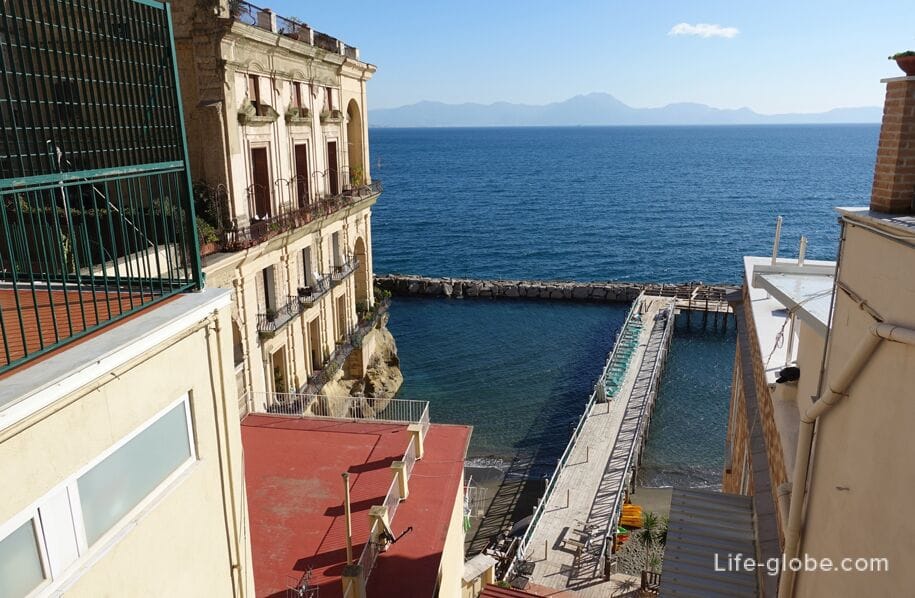
Street Posillipo (Via Posillipo) next
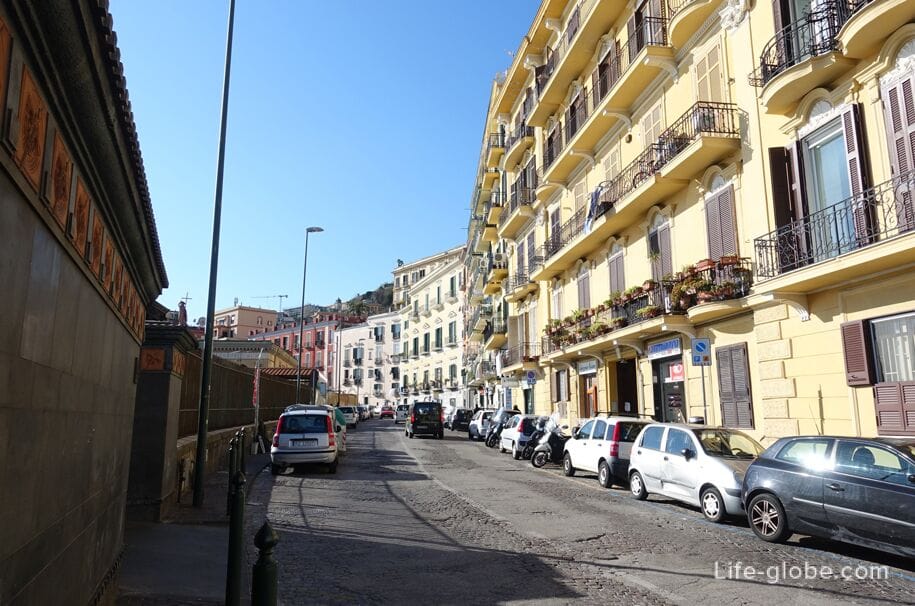
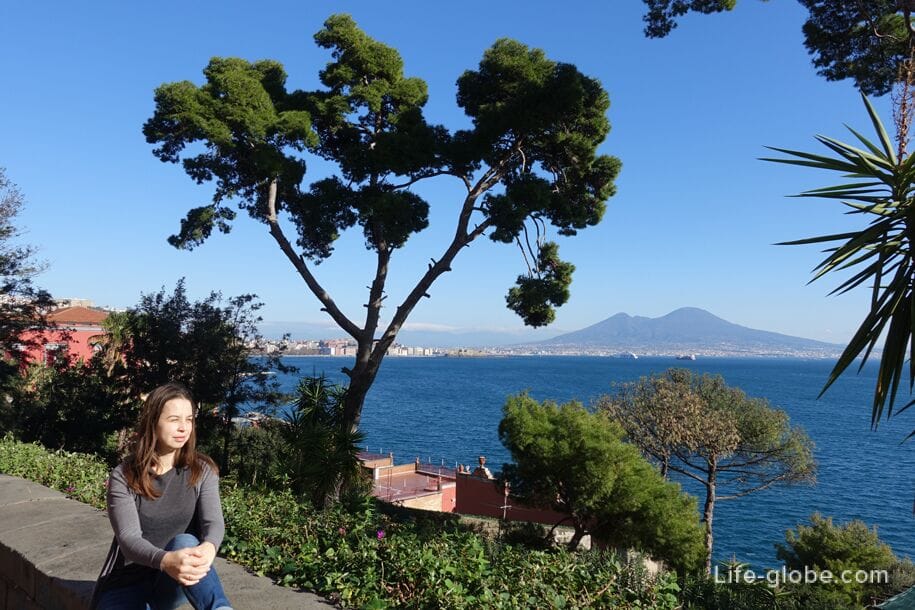
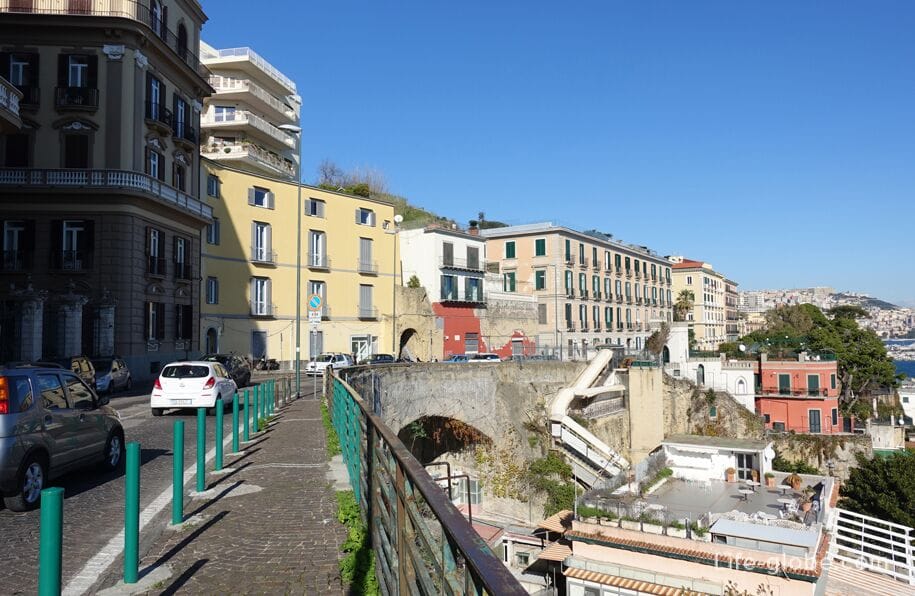
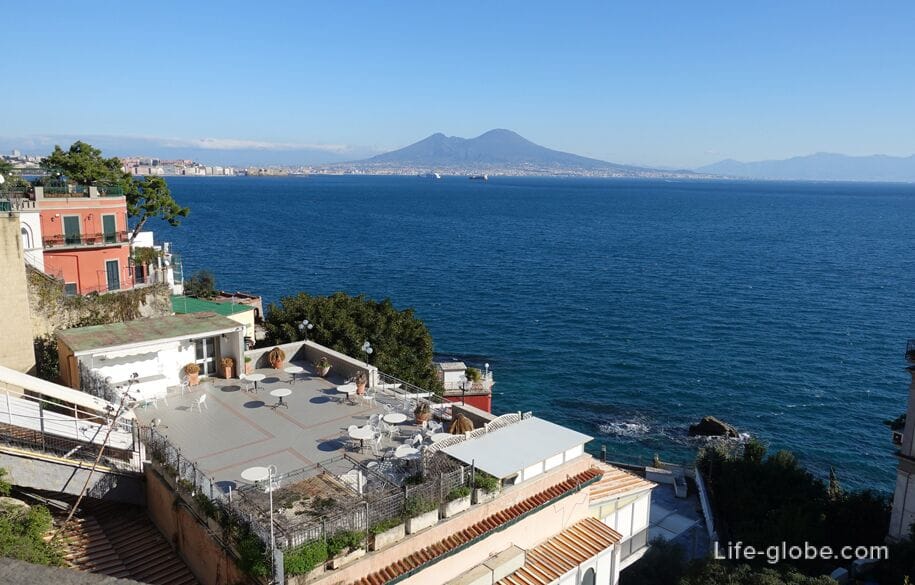
Area Luigi (Piazza S. Luigi)
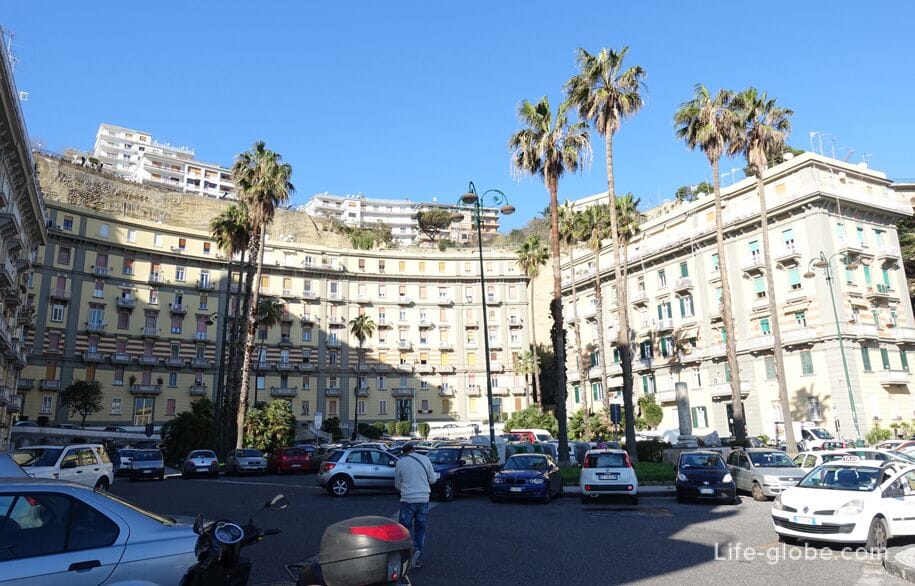
Open space, from which there are beautiful panoramic views

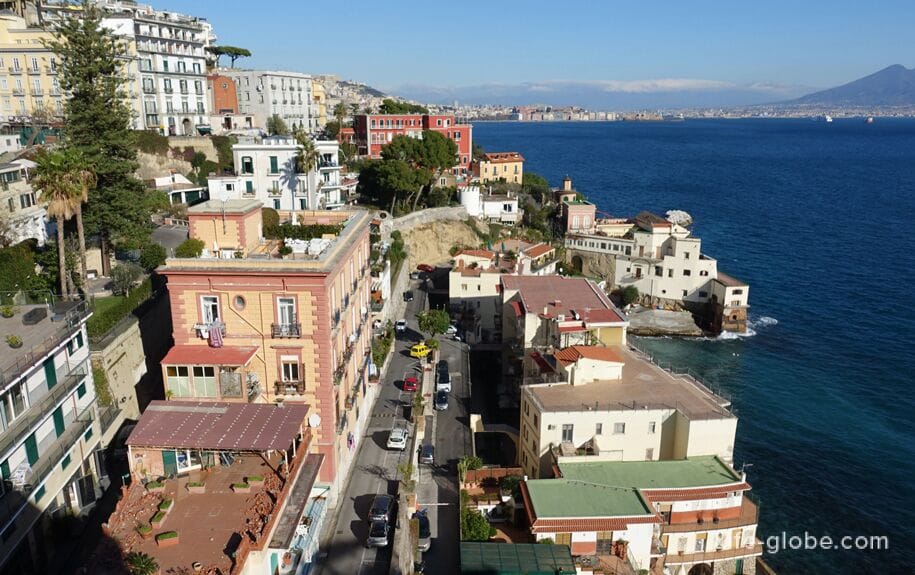
Street next
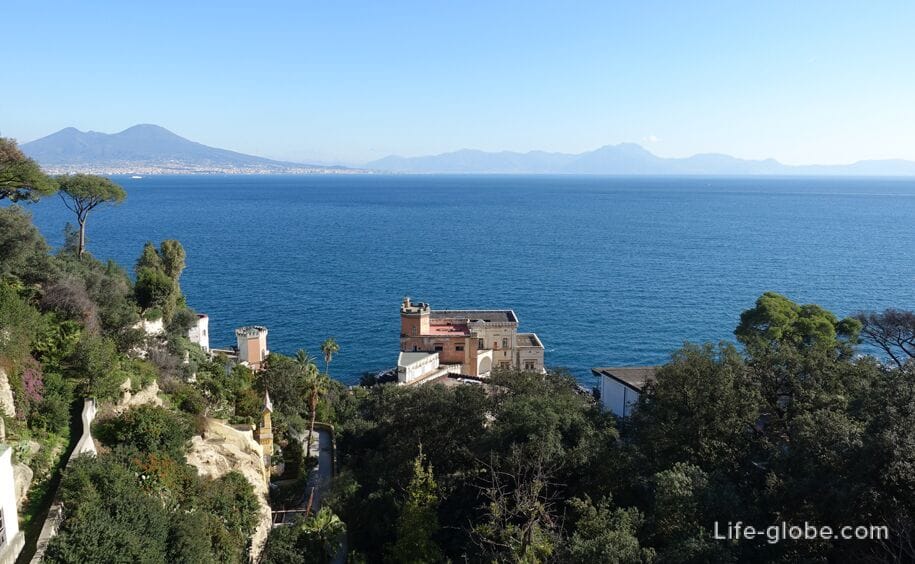

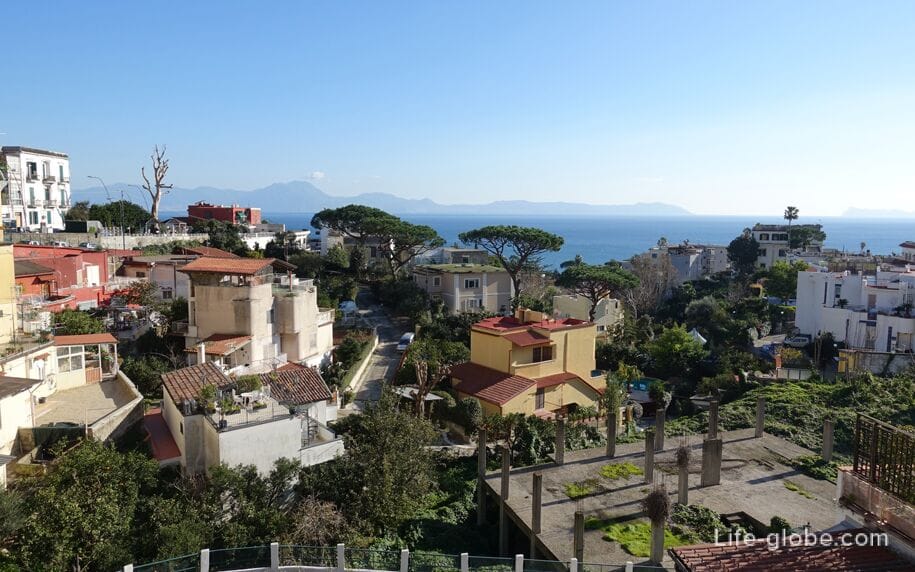

The closing and most accurate West coast of Naples is a small volcanic island Nizida (Islet Of Nisida) connected to the mainland by a stone bridge.
In the 16th century there was built a castle, which belongs to the family of Macedonio Fernandez. In the 19th century Nizida was a prison. During the Second world war, the island was occupied by the British army and was used as a place of detention. From 1946 through 1961 the island was Academy aircraft of the Italian air force Academy. Nisida is divided now between a naval headquarters belonging to the Italian Navy, and the place of detention of minors.
Near the island there is an observation deck.

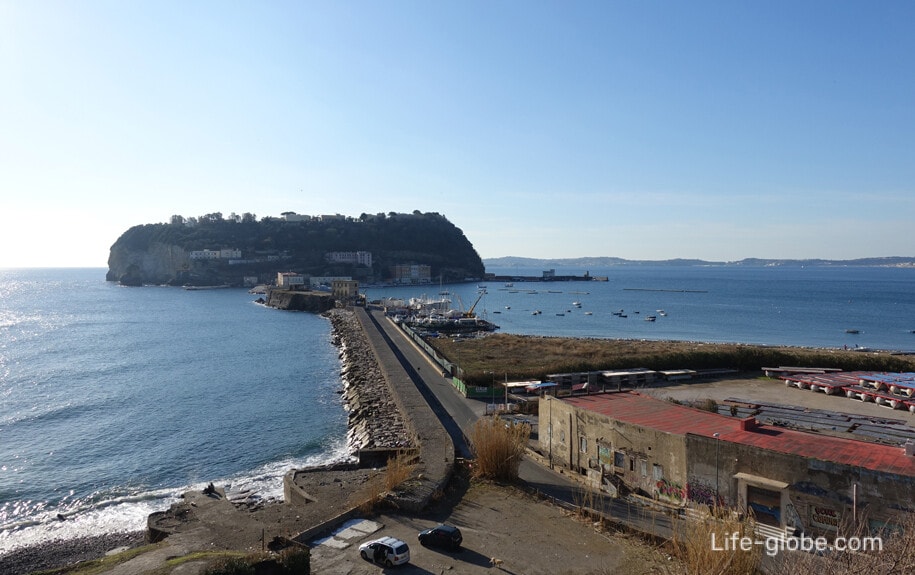
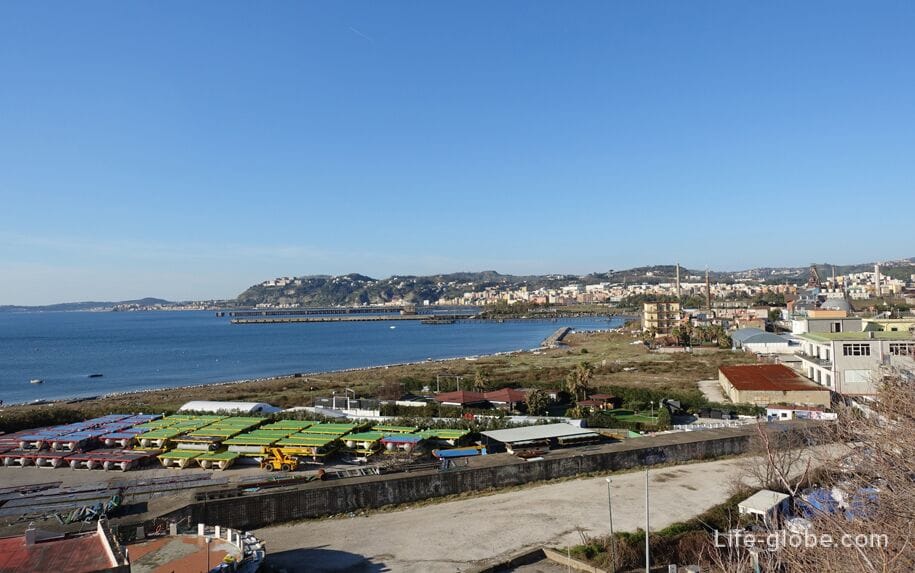
The island is the slope of Corolla (Discesa Coroglio)
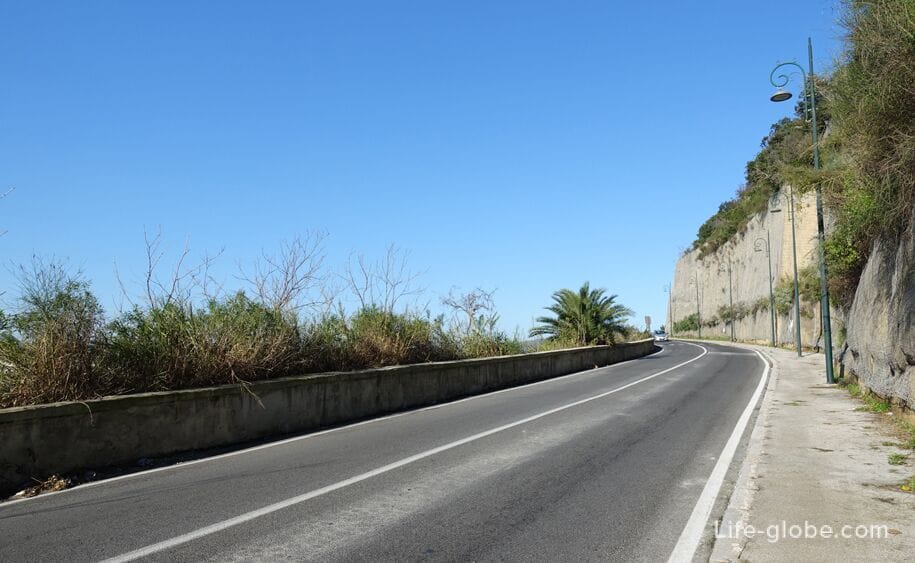
Next to the observation, at the bottom of the slope, is a historical monument Archaeological Park Pausilypon (Parco archeologico Pausilypon). In the Park are archaeological sites an amphitheatre, remains of a Villa and the Grotto di Seiano: artificial tunnel, a length of about 770 metres. The path of this ancient passage built about two thousand years ago by the architect Seiano.
The archaeological Park can be visited free of charge every day from Monday to Saturday, except for weekend holidays, by reservation only:
- by phone 081.2301030, from 10:00 to 13:00 Monday to Saturday.
- sending a Fax to the number 081.2301030;
- send an e-mail with phone number: patrimonio.artistico.beniculturali@comune.napoli.it.
Tours leave at 9:30, 10:30 and 11:30 hours with groups of up to 40 people.
It is also possible to pay for excursions on Sundays with private guides.
Near the entrance to the Park is the bus stop of the line C1.
Attention! Watch tours and contacts may change, please check before visiting.
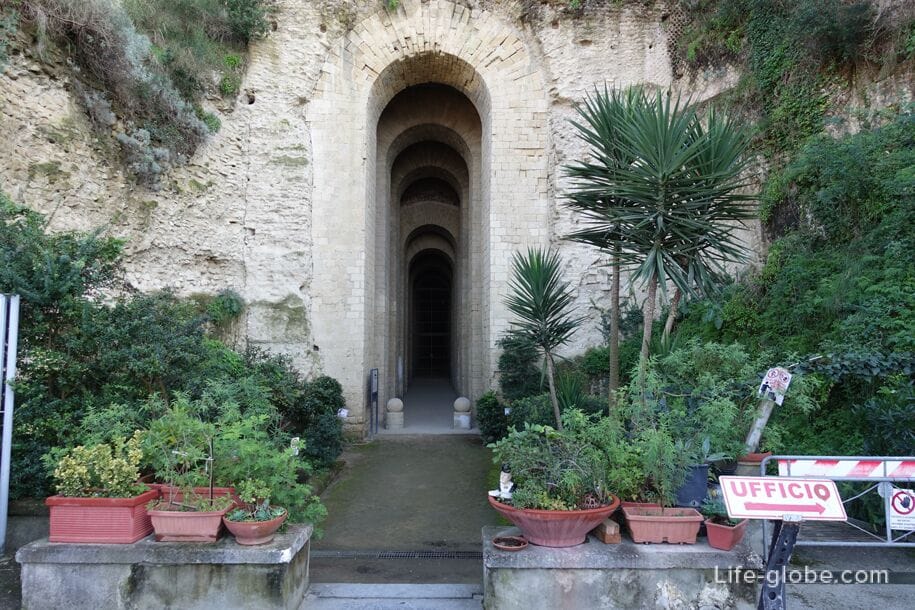
On the top of the cliff, near the island of Nisida is virgiliano Park, also known as the Park of Remembrance (Parco Virgiliano). With view points that offer stunning views of the Bay and the surrounding area. The main entrance from the street Virgilio (Viale Virgilio).
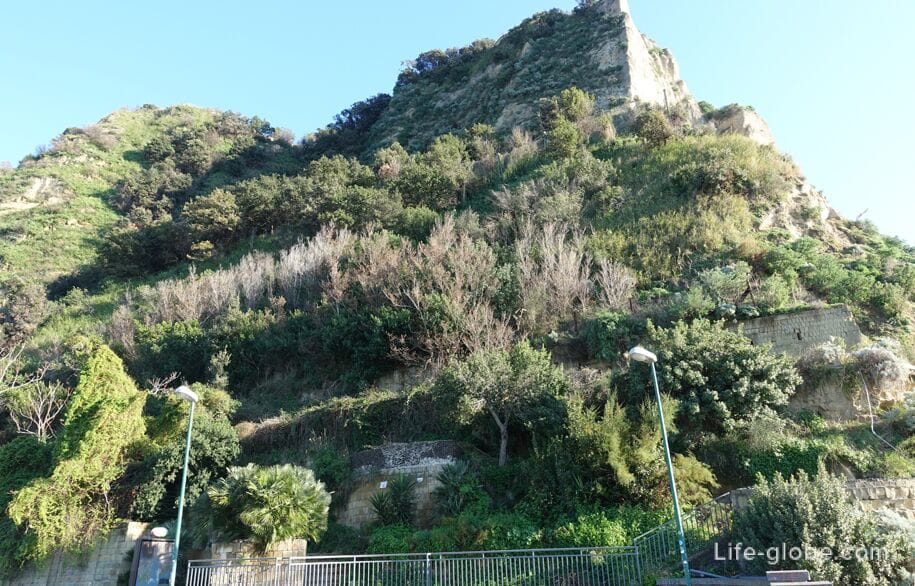
Near the Park virdzhiliano adventure Park "Panda Park" (Panda Park).
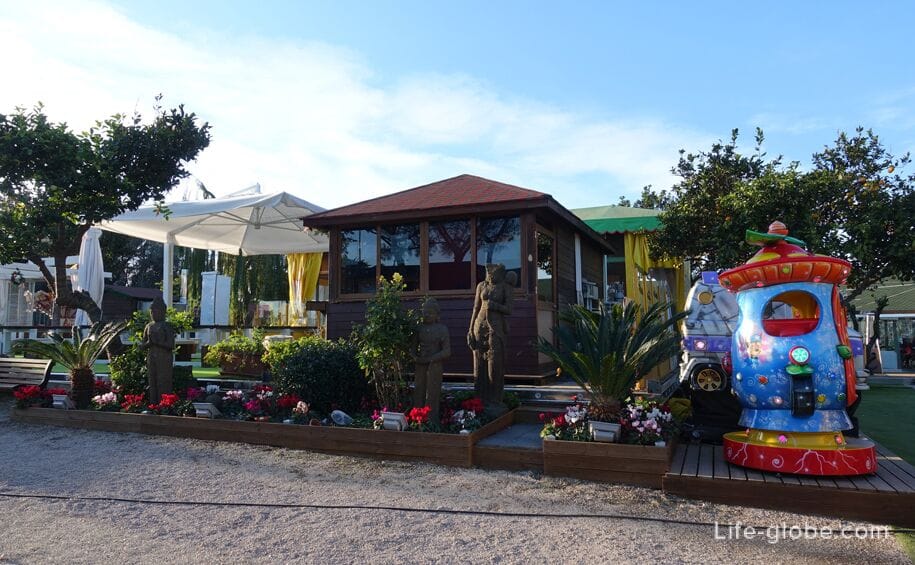
Also in the surroundings you can visit the Etruscan archaeological Museum "De Face" (Vuseo Archeologico Etrusco "De Feis"). Admission is free (complimentary). The Museum is located in a private wing of the Institute Dence and holds a remarkable set of pottery bucchero. The Museum is open Monday through Friday from 8:30 to 13:00 hours. Groups can visit the Museum on Saturdays and Sundays from 10:00 to 13:00 hours.
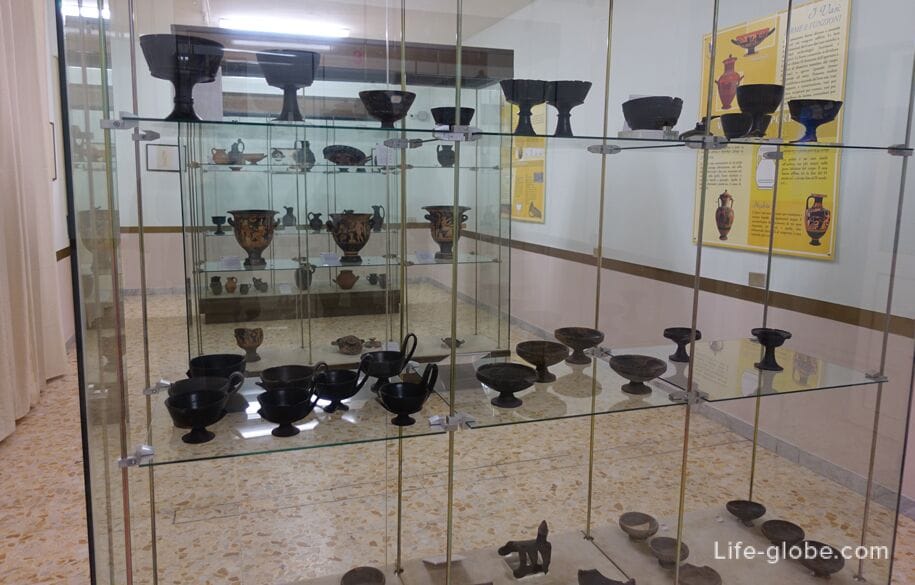
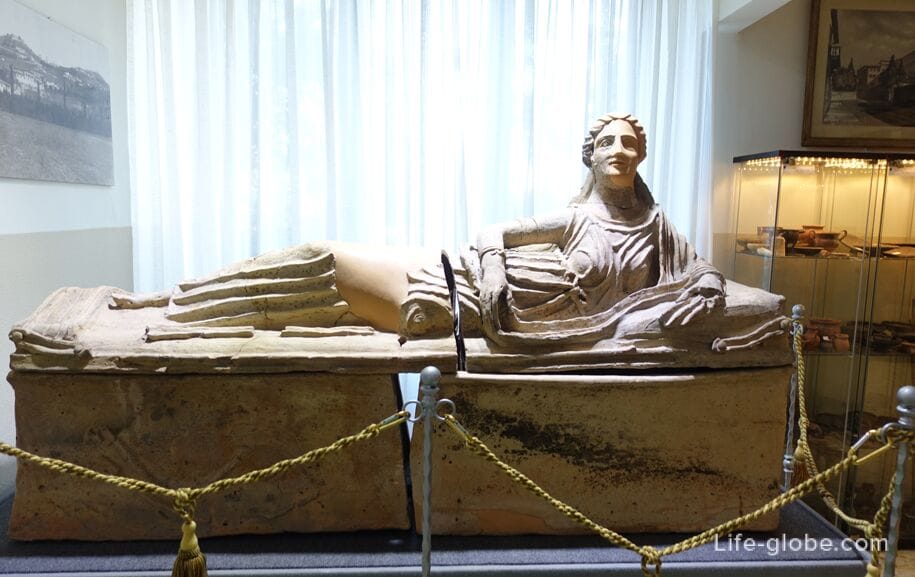
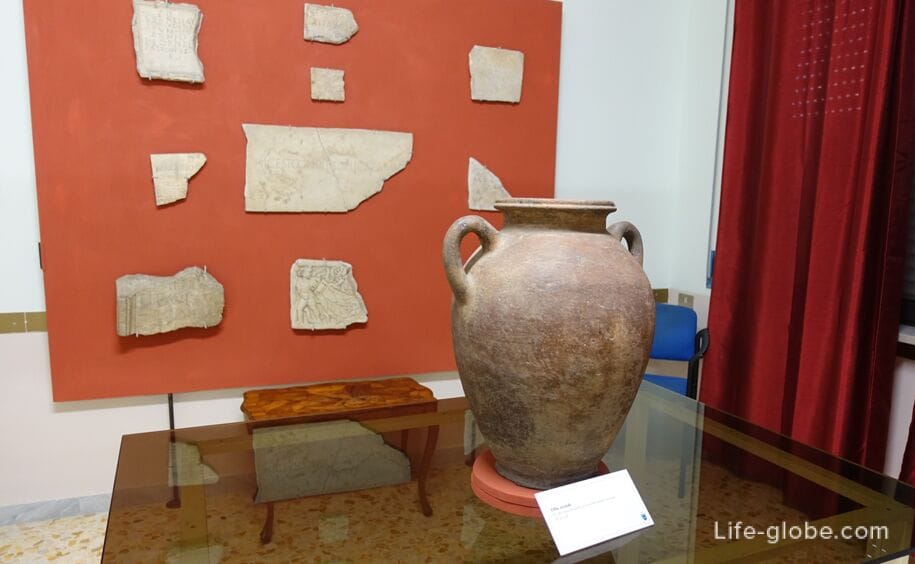
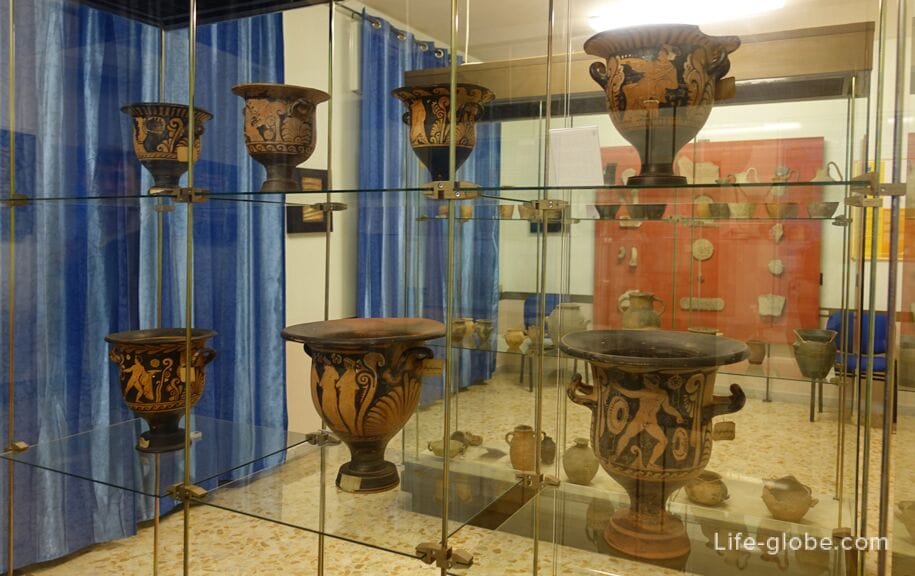
To get to this point from the center of Naples (near Piazza Plebiscito) by bus lines 140. Stop in via Discesa Coroglio, the end - ring Piazza Capo di Posillipo.
